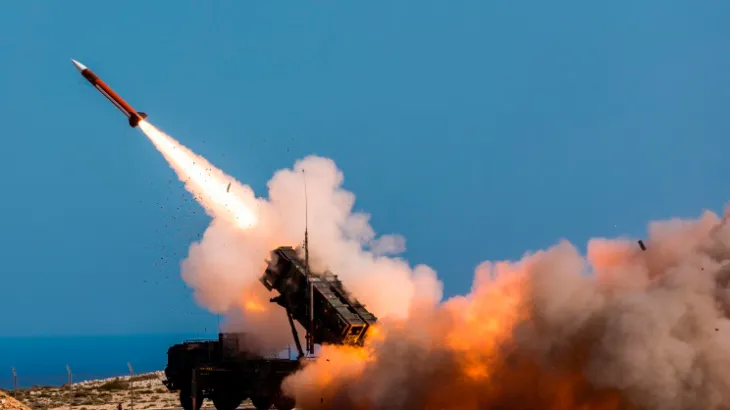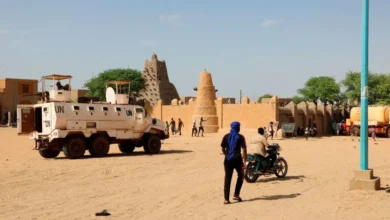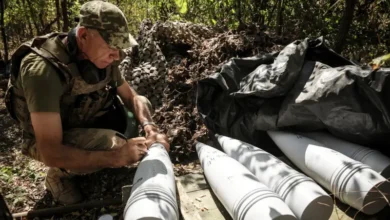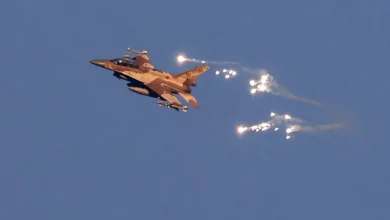Trump’s new missile shield for the US – challenges and dangers

A week into office, United States President Donald Trump surprised the world and many of his policymakers by announcing his plans to create a missile defence shield, calling it the “Iron Dome for America”.
At first, the name evoked Israel’s Iron Dome air defence system, which is designed to intercept and destroy low-level targets, rockets, mortar shells and cruise missiles over a short range. It is tailored to Israel’s defence needs and size.
However, the continental United States is vast, spanning four time zones, and has an extensive coastline.
It soon became apparent that what Trump was advocating on January 27 was the creation of a “new-generation missile defence shield for the United States, against ballistic, hypersonic, advanced cruise missiles, and other next-generation aerial attacks”. Essentially, it is an updated version of former US President Ronald Reagan’s Strategic Defence Initiative, or “Star Wars” programme.
The phrase “Iron Dome” is now a synonym for “missile defence shield”.
This new multilayered defence system is envisaged as not just protecting the US but also forward-deployed troops in combat.
Reagan’s dream of a missile defence shield remained mostly that, a dream, although billions of dollars were poured into the programme.
The problems, both then and now, were that a comprehensive missile shield would be exorbitant in price, barely technically possible and impractical in reality as easily available technologies would be able to spoof or overwhelm the most up-to-date missile defence system.
However, the science behind missile defence has advanced greatly in 40 years, and missile defences have now been tested in combat in Ukraine and Israel, and they are increasingly effective.
Missile defence – the art of the possible
The US already has an early warning and interceptor system in place, but this has limited ability and would be able to stop only the kind of attacks launched by minor nuclear powers like North Korea.










